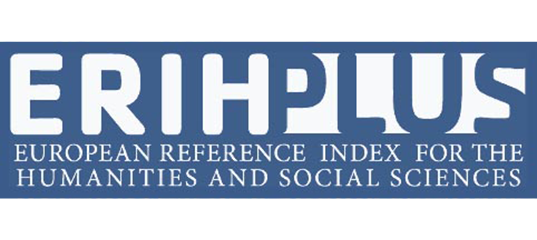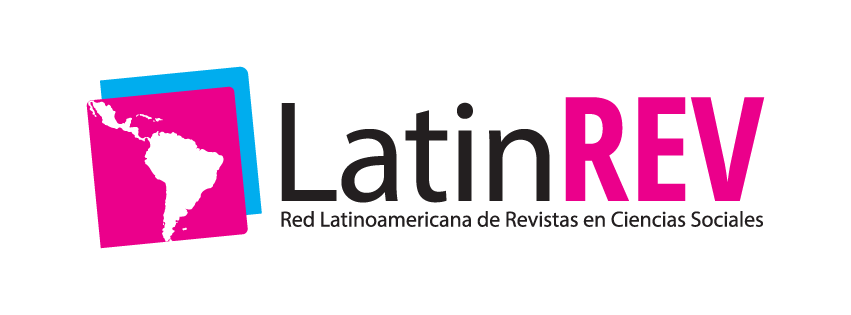Demographic and Clinical Characteristics in postpartum women with postpartum hemorrhage at Hospital José Félix Valdiviezo
DOI:
https://doi.org/10.29018/issn.2588-1000vol5iss41.2021pp257-269Palabras clave:
postpartum hemorrhage, puerperal, mortalityResumen
Postpartum hemorrhage is one of the main causes of maternal mortality. The aim of this study was to describe the demographic and clinical characteristics of postpartum women with postpartum hemorrhage in the first 24 hours in a second level hospital at the José Félix Valdivieso Hospital in Santa Isabel, Azuay, Ecuador; a descriptive, retrospective, cross-sectional, retrospective study was conducted with a sample of 105 medical records of gynecological patients attended at the José Félix Valdivieso hospital in Santa Isabel canton In the period between 2016-2020; the results obtained showed that the prevalence is in women between 20 to 30 years of age 49.35% , in free union 49.35 %, housewives 48.3%, of secondary education 80.85%, residing in urban area 48.57%. The main comorbidity is uterine atony 48.57%. In conclusion, it could be demonstrated that postpartum hemorrhage is one of the main problems in this health center, its main cause being uterine atony, and it occurs in the middle age of the patients and it is recommended to carry out prevention and promotion programs for all health professionals and to apply prevention protocols.
Descargas
Citas
Say L, Chou D, Gemmill A, Moller A, Daniels J. Global causes of maternal death a systematic analysis. Lancet Glob Health. 2014 Jun; 2(6): 323-333.
Alkema L, Chou D, Hogan D, Zhang S, Moller AB, Gemmill A, Global, regional, national levels and trends in maternal mortality between 1990 -2015, with scenario-based projections to 2030.
Maternal Mortality Estimation Group. Lancet.2016;387(10017):462-74.
American College of Obstetricians and Gynecologists. Clinical Management Guidelines for Obstetrician-Gynecologists Number 76, postpartum hemorrhage. Report New York, United States, UNICEF, 2015.
National Directorate of Epidemiological Surveillance. epidemiology the Muerte Materna SE31Ecuador2020.
Ministry of Public Health of Ecuador, Score mama and keys obstetrics, Protocol. First edition. Quito: MSP, Management Institutional de Implementation de Diminution Mortal dad Maternal, 2017.
Velez G, Agudelo B; Gómez J; Zuleta J. Guide to the treatment of obstetric bleeding Revisit Colombian de Obstetrician and Gynecology, vol. 60, 2009, pp. 34-48.
Mero RC. Application of nursing protocols in postpartum hemorrhage in hospital centers. Faculty of Nursing, Universidad Laica "Eloy Alfaro" of Manabí 2019.
Colombian journal of obstetrics and gynecology. Clinical practice guideline for the prevention and management of postpartum hemorrhage and complications of hemorrhagic shock. Vol.64, no.4, 2013.
Mantilla P. Description of the level of knowledge of delivery room nursing professionals of the code red operational standard in two health institutions in Bogotá D. C. February 2017.
Alvarado T. Beltran A. Estimation of the level of knowledge on the management of the obstetric red key in the face of euthyroid postpartum hemorrhage by health personnel in the Gynecology-Obstetrics area of the Hospital José María Velasco Ibarra, in the period December 2018 - May 2019. Quito: UCE. 118.
Rubio JA, Guevara ÓA, Gaitán H. Validity of visual estimation as a diagnostic method of severe postpartum hemorrhage in a university hospital. Bogotá. 2007. Rev. Fac. Med. 2010;58(3):173-84.
Baskett PJ. of major trauma. Management of hypovolemic shock. 1990;300(6737):1453-7.
Votto L. Roberto C. Basanta N, Fabiano P, Lukasik J, Tissera R, Travela C. "postpartum hemorrhage" FASGO HPP Consensus 2019.
Solari C, Wash A, Guerrero M, Enríquez O, Postpartum Hemorrhage. Main Etiologies, Prevention, Diagnosis and Treatment. Medical. Clin. Condes 2014.
Guasch E, Gilsanz F. Obstetric massive hemorrhage current therapeutic approach. Med. Intensive 2016; 40(5):298-310.
Hernández P, Odriozola JM, Maestre JM, López M, Moral VI, Training of interdisciplinary teams in obstetric emergencies using clinical simulation. 2011.
Garcia JL. Postpartum obstetric hemorrhage: proposal of an integral basic management, Vol. 41. 1 April-June 2018.
Ministry of Public Health of Ecuador Prevention, diagnostics and treatment of postpartum hemorrhage. Clinical Practice Guide Quito: Ministry of Public Health, National Directorate of Standardization-MSP; 2013 32p.
Morillas F, Ortiz JR, Palacios R, Pérez L, Bermejo L. Update of the Protocol for the Treatment of Obstetric Hemorrhage.
Demografía, Nacimientos, Defunciones, Principales resultados 2019.pdf ecuador en cifras.gob.ec.
National Institute of Statistics and Informatics. "Perú: survey Demographical y de family health 2012." Lima. Dissemination Technical Office Publishing Center. 2014.
Gil M. Factors Associates Hemorrhage Post Part Immediate for Antonia Uterine on the Guillermo Almenara Irigoyen hospital daring January - September 2015.
López LF, Ruiz D, Zambrano C, Rubio JA. Incidence of postpartum hemorrhage based on the use of uterotonics. Maternal outcomes in an intermediate complexity hospital in Bogotá, Colombia, 2016.
Bejarano FC, Cortés Morales EI, Duarte Núñez D, Quesada Campos JV. Retinopathy of prematurity. Rev.méd.sinerg. [Internet]. 2019Mar.1 [cited 2021Jul.20];4(3):38 - 49. Available from: https://revistamedicasinergia.com/index.php/rms/article/view/183
Guasch E, Gilsanz F. Massive obstetric hemorrhage: current therapeutic approach. Review. Med Intensive. 2016; 40:298-310.
Lucana H, Maita D. Incidence, sociodemographic and obstetric characteristics of puerperal women who presented with immediate postpartum hemorrhage at Hospital Maria Auxiliadora Lima. Universidad Private Arzobispo Loayza. 2016 72p.
Campos J, Tarrillo O, Gonzales D. Postpartum Hemorrhage, Associated factors in the Amazonian Hospital of Yarinacocha, Pucallpa 2017.
Ledesma M. Perez M. Factors associated with postpartum hemorrhage in puerperal women at Hospital II-2 Tarapoto, 2019.
Bula J, Guzman M, characterization of maternal outcomes of primary postpartum hemorrhage in a hospital in Monteria, Colombia, 2016.
Descargas
Publicado
Cómo citar
Número
Sección
Licencia
Derechos de autor 2021 Pro Sciences: Revista de Producción, Ciencias e Investigación

Esta obra está bajo una licencia internacional Creative Commons Atribución-NoComercial 4.0.



























